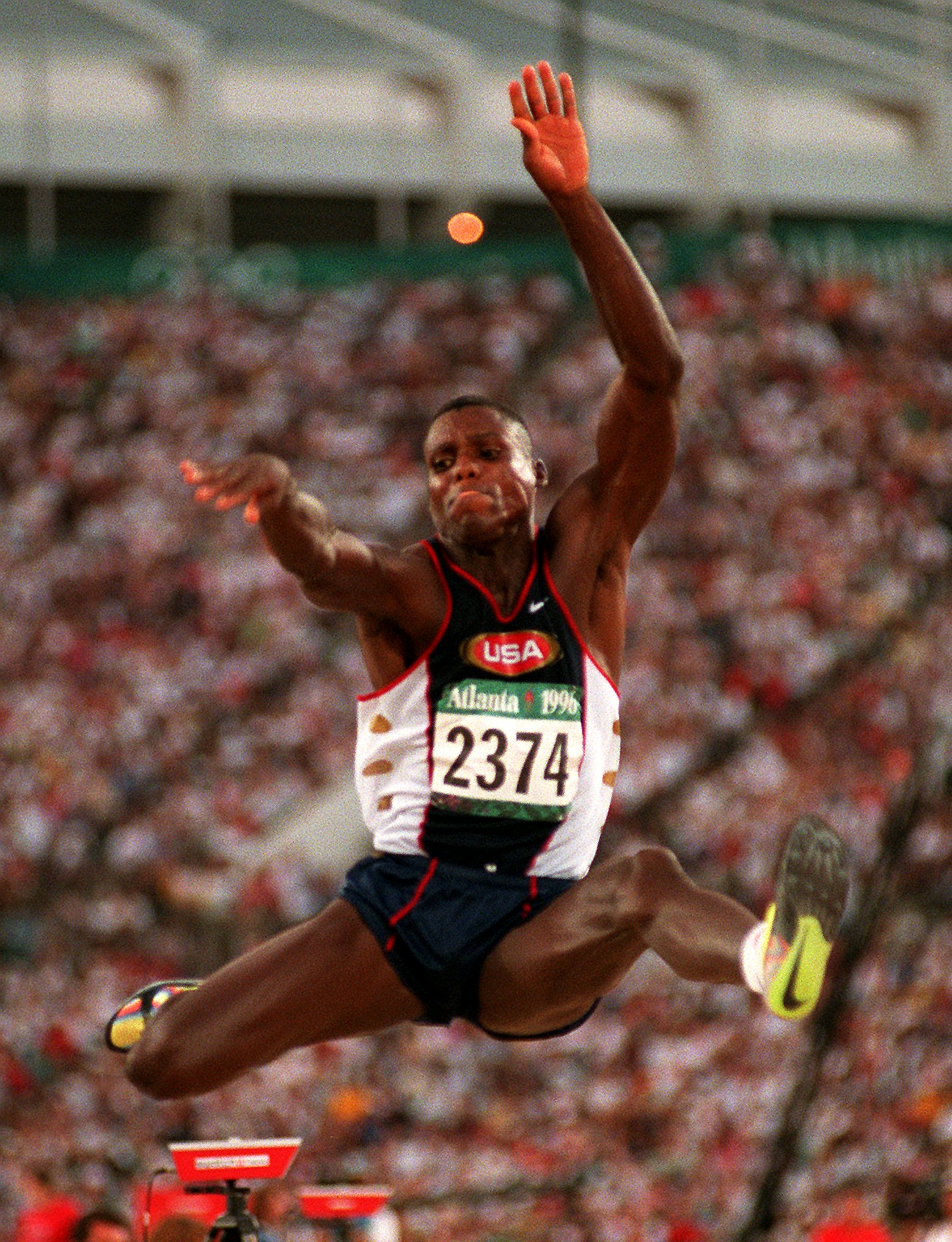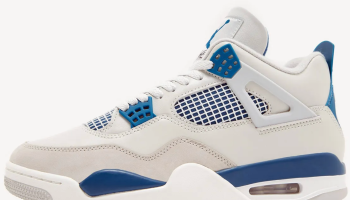Between the divisive partisan politics of the current election cycle and the downward spiral of the 24-hour news cycle, narratives shining a light on excellence are in short supply. The 17-days of international goodwill nurtured by the Olympic games in Rio are in desperate need.
Granted, the current situation in Brazil has produced some less than encouraging headlines. But if gymnasts from North and South Korea can be excited about taking selfies together, then there’s hope for the rest of us. Here’s a look back at some previous Olympic examples of #BlackExcellence that can be both a reminder of hope during particularly dark times and a predictor of things to come in Rio.
#BlackExcellence in the Olympics has a long legacy. Check out the Streampix premiere, Olympic Pride, American Prejudice. It’s the untold story of 18 Black athletes in the 1936 Olympic Games. XFINITY X1 will change the way you experience TV.
Carl Lewis

Carl Lewis of the United States takes his third jump during the men’s long jump final at the 1996 Summer Olympic Games in Atlanta, Monday, July 29, 1996. Lewis won the gold medal. (AP Photo/Lynne Sladky)
Given the specialization of current track and field athletes, we may never see anyone dominate the sport with a resume as long and decorated as Carl Lewis. We may also never see anyone as brutally honest and brash in terms of having utmost confidence in his or her abilities. The confidence was well founded. Lewis didn’t lose in the long jump for 10 years while racking up a streak of 65 consecutive victories. In 1981, Carl Lewis became the first athlete since Jesse Owens to win both a track event (the 100-meter dash) and a field event (the long jump) in national competition. Long before people were proclaiming themselves “woke,” Lewis subverted heteronormative standards of masculinity.
“Men, athletes especially, have to be like King Kong,” Lewis told Jane Gross in a 1984 New York Times profile. “When we lose, we can’t cry and we can’t pout. We’re not supposed to be touched. We have to be carved in a certain way just to be men of steel and all. I think it’s disgusting.”
In terms of complexity, Lewis is like Walt Whitman with a tracksuit, flattop, and a sub 10-second time in the 100-meter sprint. He collected fine china and crystal. He even had a gold single (and an accompanying extremely pause-worthy video) in Europe with the track “Break It Up.” On the racetrack, all he did was win. And stunt. His mark of nine gold medals is only trumped by Michael Phelps, and Lewis had the added distinction of winning his final medal at the age of 36. The man born Frederick Carlton Lewis was the originator of looking back at would be competitors and raising his arms in jubilation while crossing the finish line, but he was also busted for doping during the 1988 Olympic games.
A tall, equally brash sprinter like Usain Bolt certainly owes a debt of gratitude to Lewis for his trailblazing efforts. Time has softened some of the criticism of Lewis’ hubris, but even now, the track and field community has not come to a consensus on his legacy. One word should some it up: pioneer. You can follow today’s Olympians with the X1 Sports app. Turn your TV into a scoreboard. Track multiple games at once and check the latest scores and standings.















